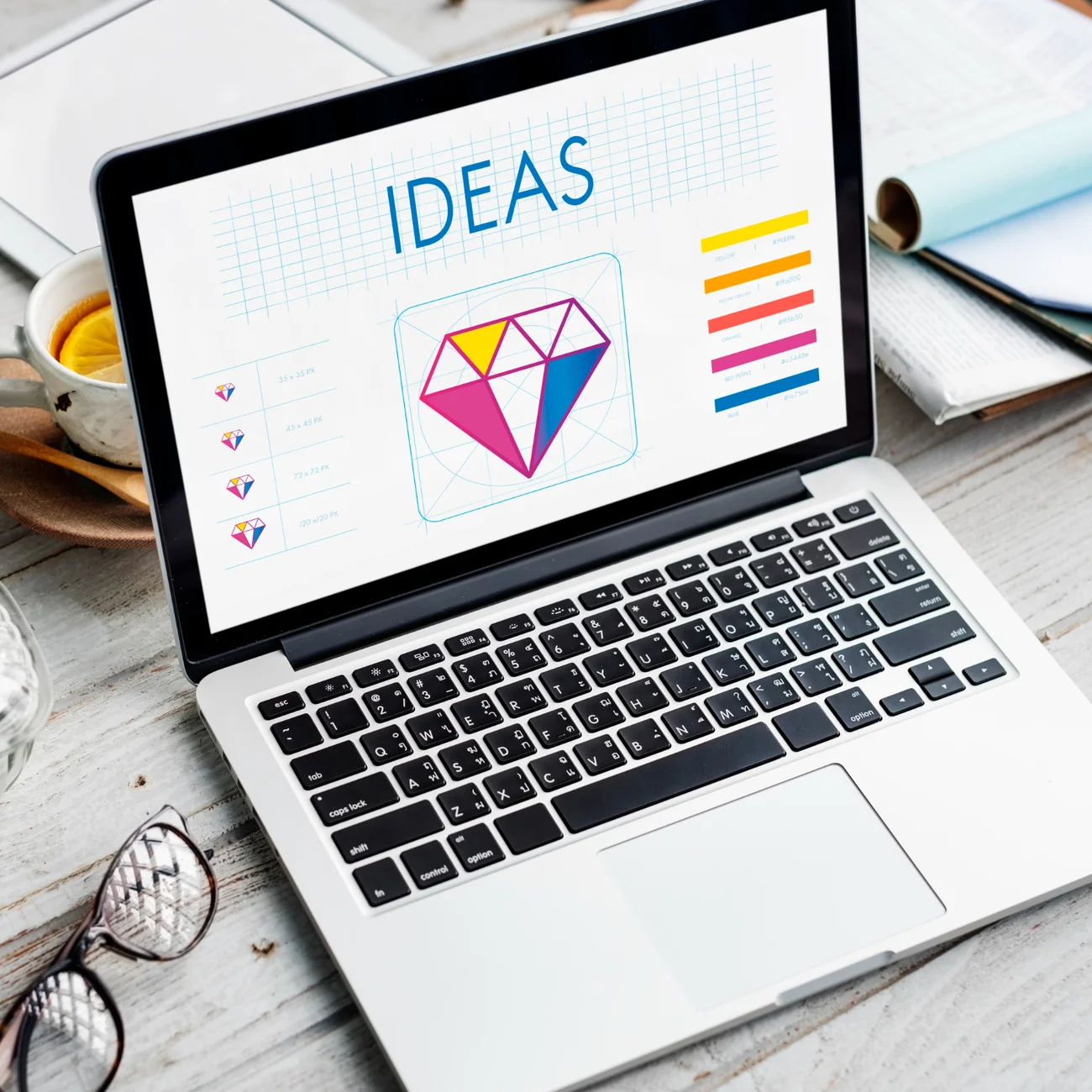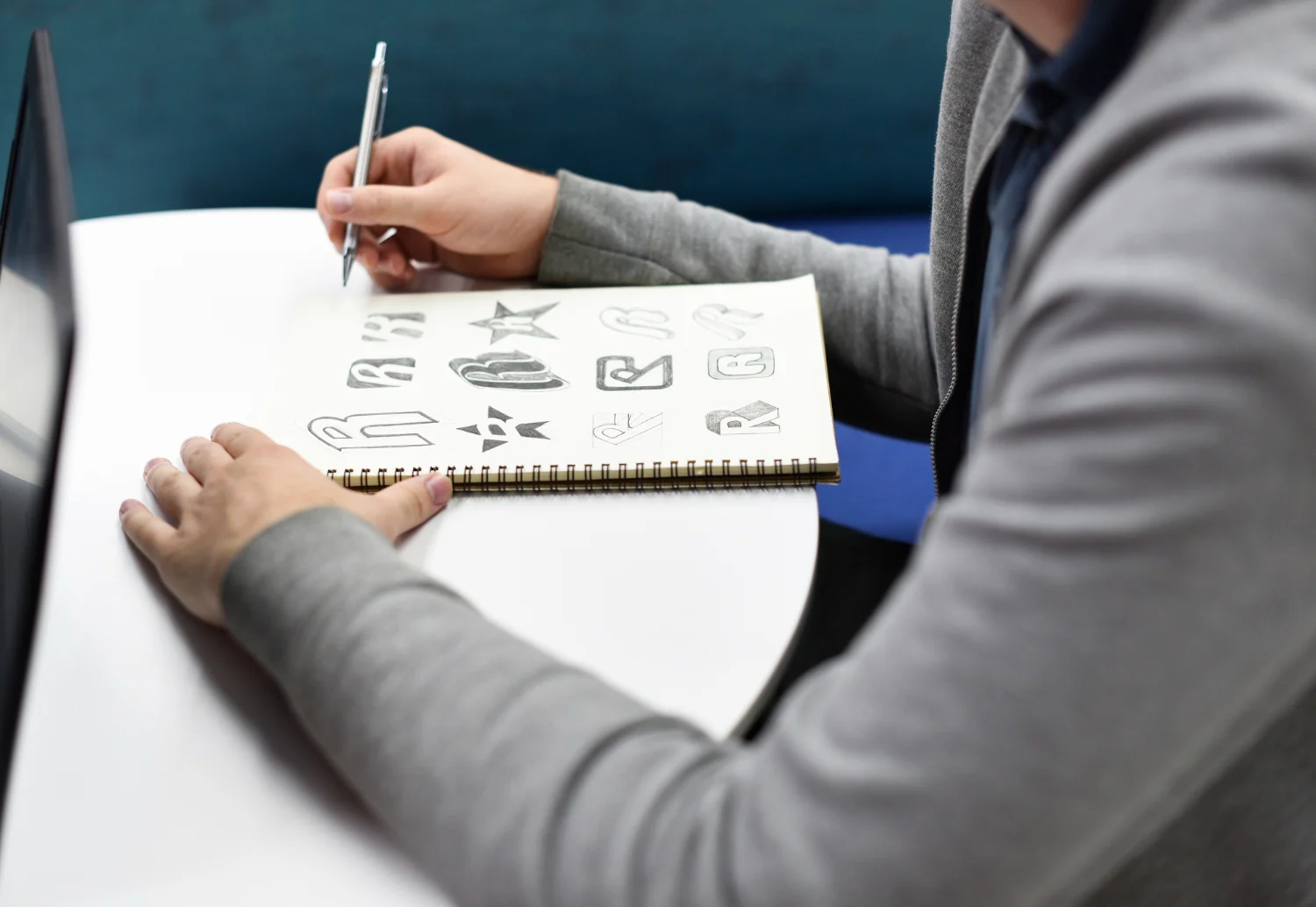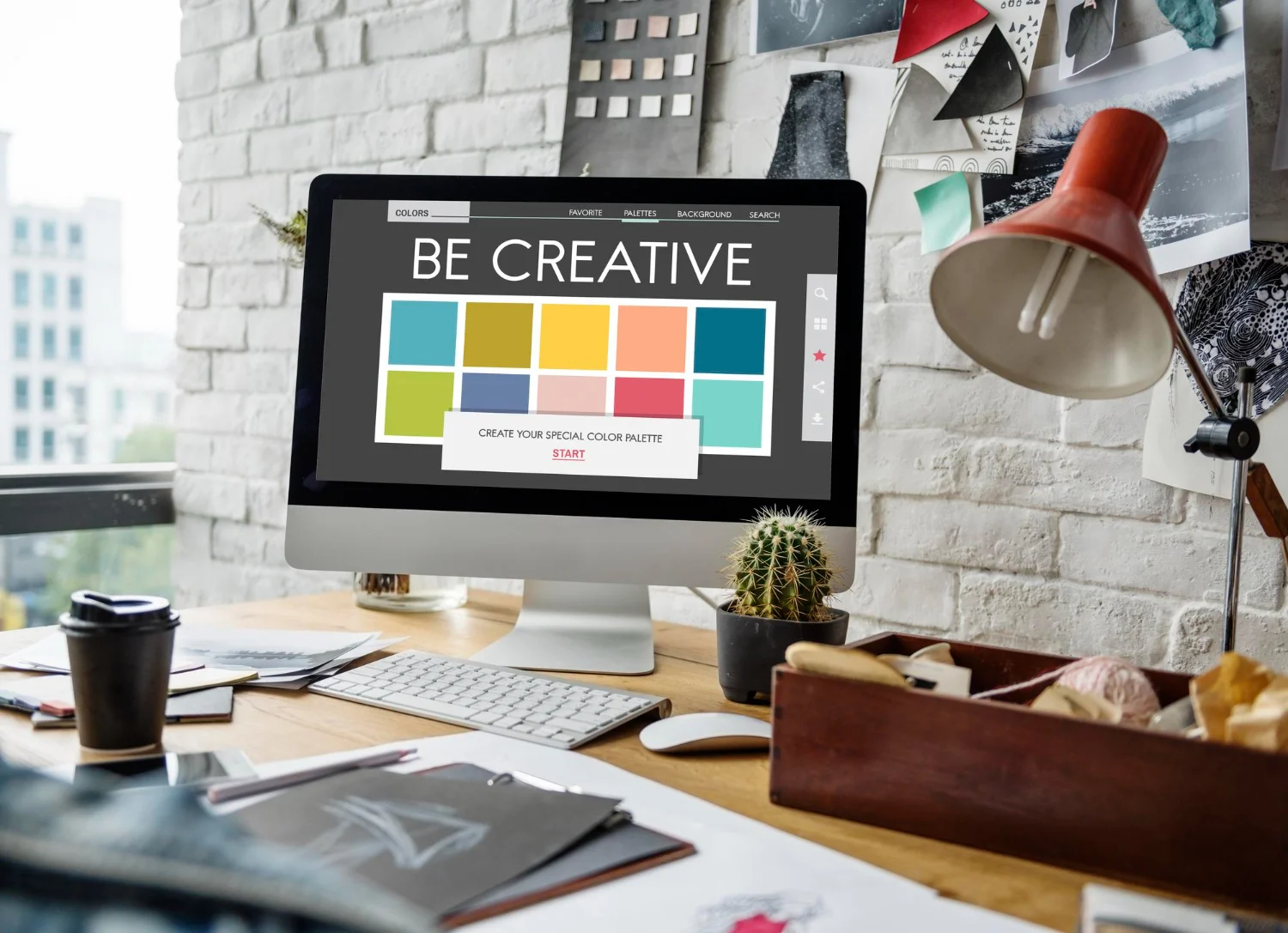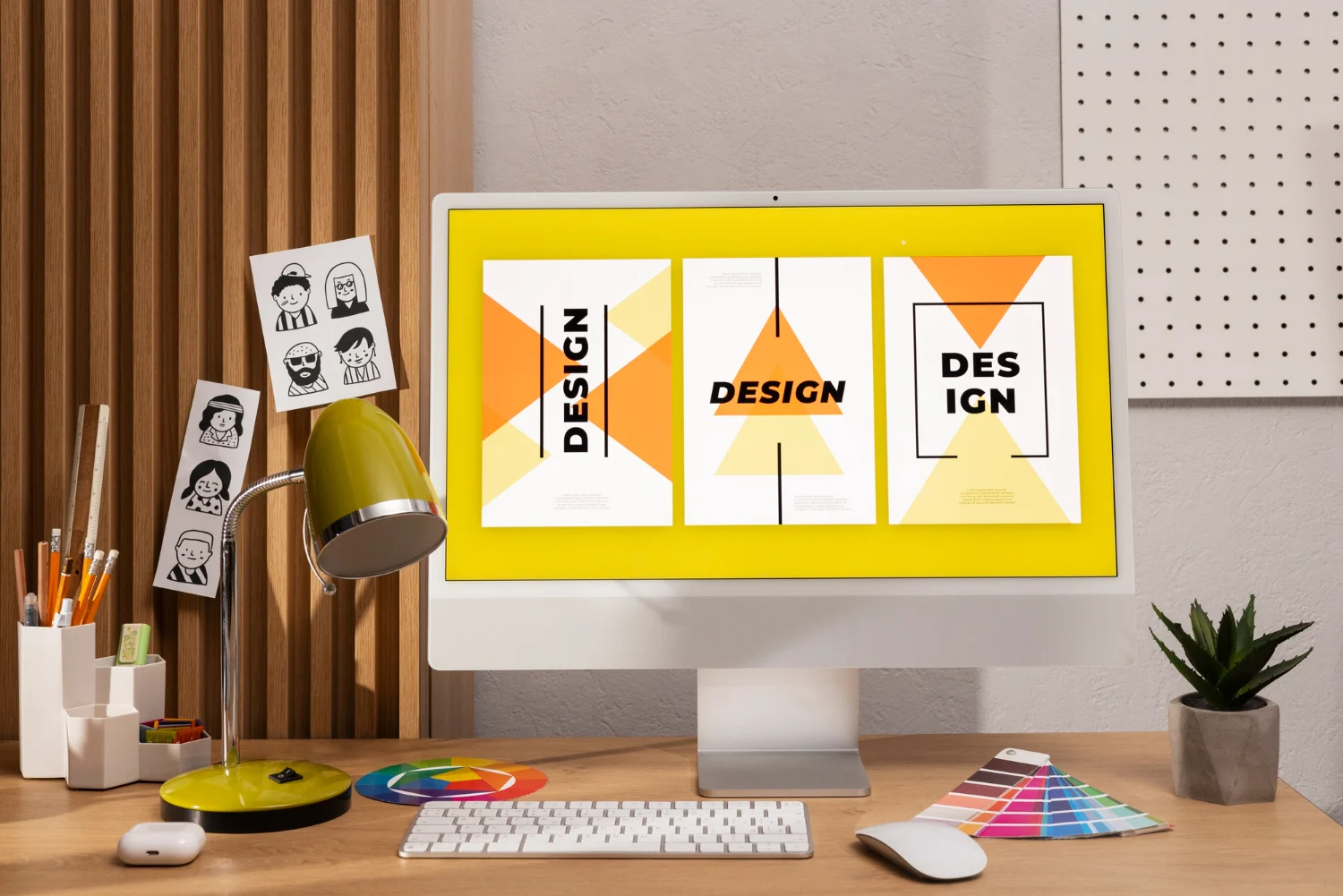
Top AI Logo Design Styles and Trends to Watch in 2026
In the world of branding and visual identity, the logo remains a central pillar. But as we move into 2026, the way logos are designed and deployed is evolving dramatically—thanks largely to advances in artificial intelligence (AI). If you offer or are looking for AI logo design services, staying ahead of the curve is essential. In this article, we’ll explore the top AI logo design styles and trends for 2026, what they mean for businesses, and how you can leverage them to offer high-value logo solutions.
Why AI Logo Design Matters in 2026
The rise of AI logo design tools and workflows means that logos are no longer static icons—they can be dynamic, personalised, and responsive. Designers and brands now use AI to generate multiple logo variants, experiment with typography, craft adaptive branding systems, and tap into data-driven insights. According to predictions, AI-driven logo generation will continue to gain momentum in 2026.
By embracing AI logo design strategies, service providers can reduce turnaround times, offer greater customisation, and deliver more scalable solutions—while still retaining the human creativity that makes brands distinct.
According to experts at Behance Editorial on AI Creativity, the integration of AI in logo design is reshaping how brands express creativity and consistency. AI tools not only speed up concept creation but also help generate unique, data-driven brand identities that resonate globally.
Key Trend 1: Dynamic & Adaptive Logos
One of the most powerful trends in AI‐logo design for 2026 is the shift from static to dynamic and adaptive logos. These are marks that change shape, colour, texture or form depending on context—such as platform, campaign, region or audience segment. For example, an AI-powered logo might swap colour palettes for mobile vs desktop, or adjust its iconography for a specific local market. Sources note that “dynamic logos … created using AI algorithms that can generate multiple variations of a logo based on different factors” are set to dominate.
For your logo design service, this means offering clients not just a single static logo file, but a logo system: multiple iterations optimized for digital, print, mobile, AR/VR, and regionally tailored uses.
Key Trend 2: 3D, Gradients & Depth Effects
Although clean and flat logos remain popular, 2026 is seeing a strong resurgence in 3D effects, gradients and depth—especially when powered by AI tools. According to trend data, “gradients and depth effects” along with “three‐dimensional logos” will continue to trend in 2026.
These styles give logos a premium, modern feel and help them stand out in digital landscapes. For service providers, emphasise that you can deliver logo assets with depth and realism that still scale and render well on web, mobile and print.
Key Trend 3: Sustainable & Nature-Inspired Logos
Sustainability is not just a corporate buzzword—it’s influencing logo design too. In 2026, many brands will use eco-friendly aesthetics to reflect their values: organic shapes, earthy palettes, natural textures and motifs such as leaves or waves.
From an AI logo design service perspective, you can position this trend as “eco-branding ready”: generating logos via AI with natural colour harmonies, organic geometry and design systems that support sustainable print/production choices.
Key Trend 4: Retro-Futurism & Typography Experiments
Another major direction is the blend of nostalgic elements and futuristic design—what some call “retro-futurism”. Think vintage typography, pixel references, neon palettes, combined with modern digital fluency.
Typography itself is becoming a brand asset: custom fonts, variable fonts, hand-drawn elements and AI-generated typeforms are all part of the package. For clients you serve, offering custom typography (via AI tools plus human refinement) can be a strong upsell.
Key Trend 5: Personalisation through AI
Personalised logo design—tailored to a brand’s unique identity, audience and use-case—is increasingly achieved via AI. For example, AI tools can generate logo concepts based on input like brand values, industry keywords, target audience, and specific aesthetic cues.
In your service offering, emphasise that your AI-logo workflow enables rapid ideation of bespoke design systems, yet retains design strategy, narrative and human refinement to ensure the logo isn’t just generative—it’s strategic.
Key Trend 6: Monograms, Hand-Drawn Feel & Authenticity
While the tech side of logo design advances, there's a strong counter-trend favouring authenticity: monograms, hand-drawn styles, imperfect lines, and expressive typography. In 2026, brands increasingly value “imperfection” as a mark of human authenticity.
For service providers, you can position your offering as “AI + artisan”. Use AI to generate and refine concepts, but finalise with human touch to ensure the hand-drawn feel or monogram uniqueness shines through.
Integrating These Trends into Your Logo Service
To harness these 2026 trends in your logo design service (targeting US + global clients), here’s a practical workflow you can adopt:
-
Brief & Discovery: Gather client’s brand story, audience, values, application contexts (digital, print, AR, mobile).
-
AI Concept Generation: Use AI logo tools to produce multiple concept styles—dynamic/adaptive variants, 3D/depth versions, eco-inspired forms, custom typography explorations.
-
Human Refinement & Strategy: Evaluate AI output from a branding strategy perspective. Refine best concepts with hand-drawn touches or custom typefaces, adjust for authenticity.
-
Logo System Delivery: Deliver not just a single logo but a full system: static mark, animated variant, responsive versions, colour-palette variations, monogram plus full word-mark.
-
Usage Guidelines & Brand Applications: Provide guidelines that specify how the logo adapts across contexts (mobile icon, VR/AR environment, seasonal campaigns). Include scalable vector files, animation formats, & recommended usage.
-
Marketing & SEO: On your website/blog use keywords such as AI logo design, AI-generated logo trends 2026, adaptive logo design AI, custom typography logo services, eco-friendly logo design AI. Target US location via hreflang or “US market” mentions, and ensure meta data includes “AI logo design services”.
Why This Approach Will Attract Traffic and Clients
-
AI-centric keywords: By focusing on “AI logo design”, “AI logo trends 2026”, “adaptive logo design with AI”, you align with queries from clients actively seeking future-forward branding solutions.
-
Thought leadership content: Providing insight on upcoming trends (2026) positions you as an authority in the niche of logo design services.
-
Services-oriented with value: Clients searching for logo design aren’t just looking for “logo design” but “modern logo design with AI”, “branding for digital experiences”, “logo for metaverse/AR”.
-
High-authority outbound link: Linking to trusted sources adds credibility and SEO weight. For example, the graphic design trends article from Datum Creative Media provides context for AI-assisted aesthetics.
-
Focus on US market: Mentioning US-targeted trends, global brand examples, and digital readiness helps rank for American queries as well.
Wrapping Up
As we look ahead into 2026, the landscape of logo design services is more exciting than ever. AI is not just a tool—it’s a creative collaborator. The best brands will harness AI to create logos that are dynamic, personalised, sustainable, typographically bold and genuinely human.
If you’re running or planning a logo design service, ensure you offer the full spectrum: AI-driven concepting, human-centred refinement, adaptive logo systems, and branding that resonates in a digital-first, global marketplace.
By embracing these trends, you’ll not only appeal to clients seeking “AI logo design services” but also position your brand as the go-to for forward-thinking logo identity in 2026.




Comments
Add Comments
Update Comment